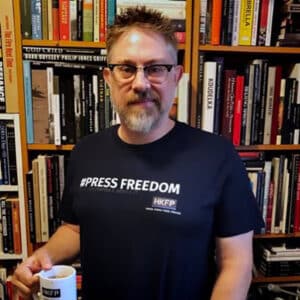It has been 5 years since the mass protests in Hong Kong, and 4 since the Covid-19 shut down the city, as well as the rest of the world. During all of it, photo editor and photographer Mikko Takkunen saw the first draft of the history of these events...



